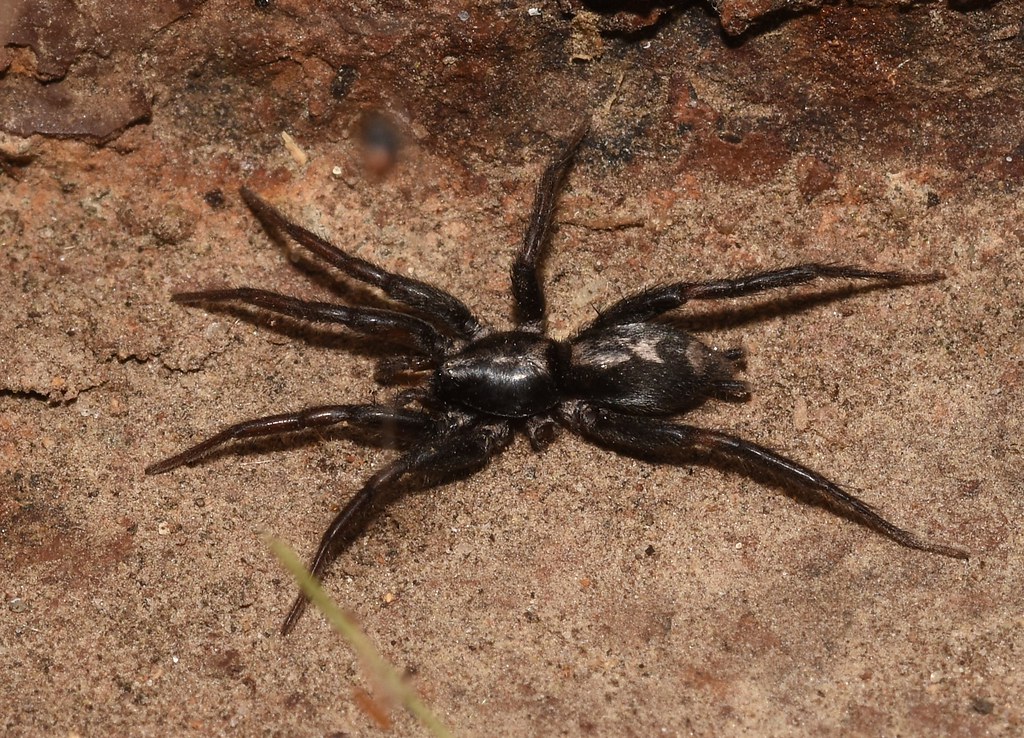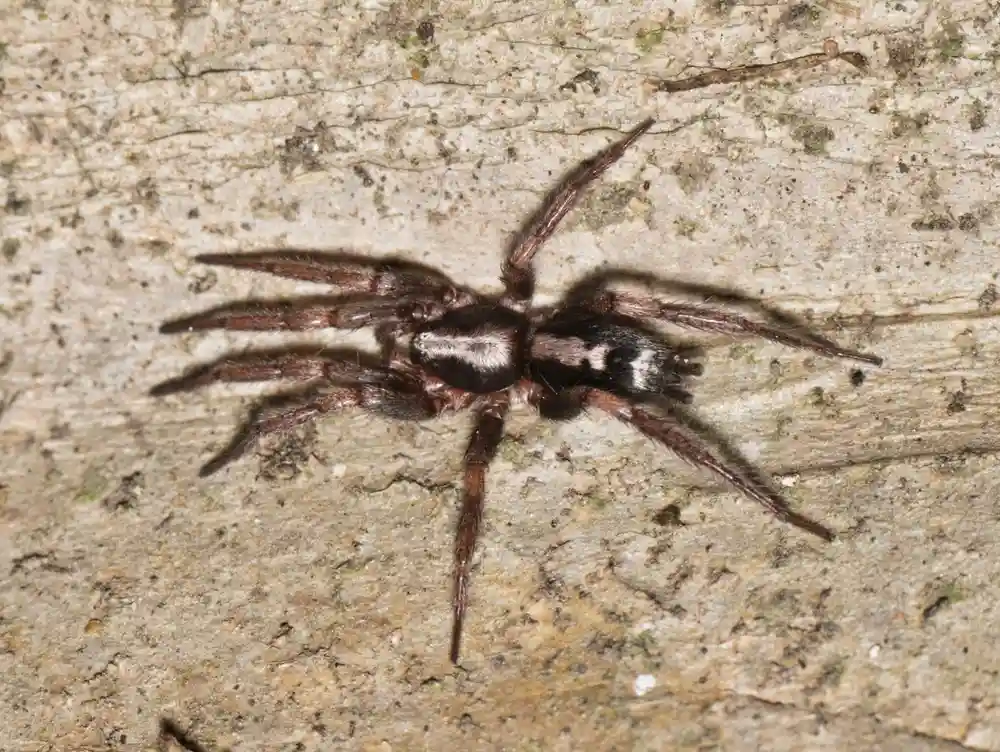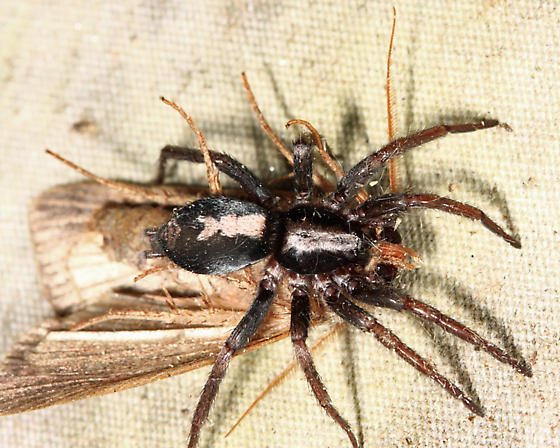Eastern Parson Spider: Facts, Behavior, and Identification Tips

The Eastern Parson Spider, scientifically known as Herpyllus ecclesiasticus, is a fascinating arachnid commonly found in North America. Known for its distinctive appearance and intriguing behavior, this spider often sparks curiosity among homeowners and nature enthusiasts alike. Whether you’re looking to identify this spider in your home or simply want to learn more about its habits, this guide provides essential facts, behavior insights, and identification tips. (Eastern Parson Spider Facts, Spider Identification Tips, Common House Spiders)
Eastern Parson Spider: Key Facts

The Eastern Parson Spider is a member of the Gnaphosidae family, often referred to as ground spiders. Here are some key facts about this species:
- Appearance: Adults measure between 5 to 10 mm in length, with females slightly larger than males. They have a dark brown to black body with a distinctive white or cream-colored marking on the cephalothorax, resembling a cravat or collar, which gives them their “parson” name.
- Habitat: They prefer dark, secluded areas such as basements, crawl spaces, and woodpiles. Outdoors, they can be found under rocks, logs, or debris.
- Diet: These spiders are nocturnal hunters, preying on small insects like ants, beetles, and other spiders.
📌 Note: Despite their intimidating appearance, Eastern Parson Spiders are harmless to humans and play a beneficial role in controlling pest populations.
Behavior of the Eastern Parson Spider

Understanding the behavior of this spider can help you coexist with them more comfortably. Here’s what you need to know:
- Nocturnal Habits: They are most active at night, hunting and exploring their surroundings under the cover of darkness.
- Webbing: Unlike web-building spiders, Eastern Parson Spiders are active hunters and do not spin elaborate webs. They may create small silk retreats for shelter.
- Mating Rituals: Males perform a rhythmic tapping on the ground to attract females during mating season.
How to Identify an Eastern Parson Spider

Identifying an Eastern Parson Spider is relatively straightforward if you know what to look for:
- Distinctive Marking: The white or cream-colored “cravat” on the cephalothorax is a key identifier.
- Body Shape: They have a flattened, oval-shaped body with long, sturdy legs.
- Coloration: Their dark brown to black coloration helps them blend into their surroundings.
| Feature | Description |
|---|---|
| Size | 5–10 mm |
| Color | Dark brown to black |
| Marking | White or cream "cravat" |

Tips for Managing Eastern Parson Spiders

If you find these spiders in your home, here are some practical tips to manage their presence:
- Seal Entry Points: Close gaps around doors, windows, and foundations to prevent them from entering.
- Reduce Clutter: Keep basements, garages, and outdoor areas free of debris to eliminate hiding spots.
- Natural Repellents: Use essential oils like peppermint or vinegar to deter spiders without harming them.
📌 Note: Avoid using chemical pesticides, as they can harm beneficial spiders and other wildlife.
To summarize, the Eastern Parson Spider is a harmless yet intriguing arachnid with unique characteristics. By understanding its behavior and identification features, you can appreciate its role in the ecosystem and manage its presence in your home effectively. (Spider Behavior, Spider Management Tips, Harmless House Spiders)
Are Eastern Parson Spiders dangerous to humans?
+
No, Eastern Parson Spiders are harmless to humans. Their venom is not medically significant, and they are not aggressive.
How can I prevent Eastern Parson Spiders from entering my home?
+
Seal cracks and gaps in your home’s exterior, reduce clutter, and use natural repellents like peppermint oil.
What do Eastern Parson Spiders eat?
+
They feed on small insects such as ants, beetles, and other spiders, helping to control pest populations.


